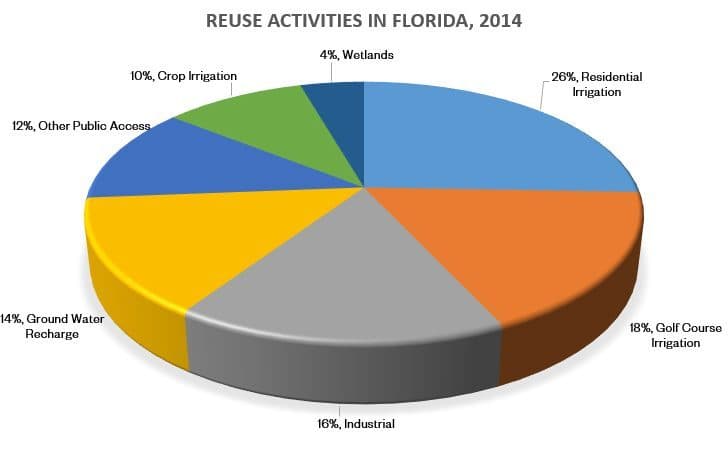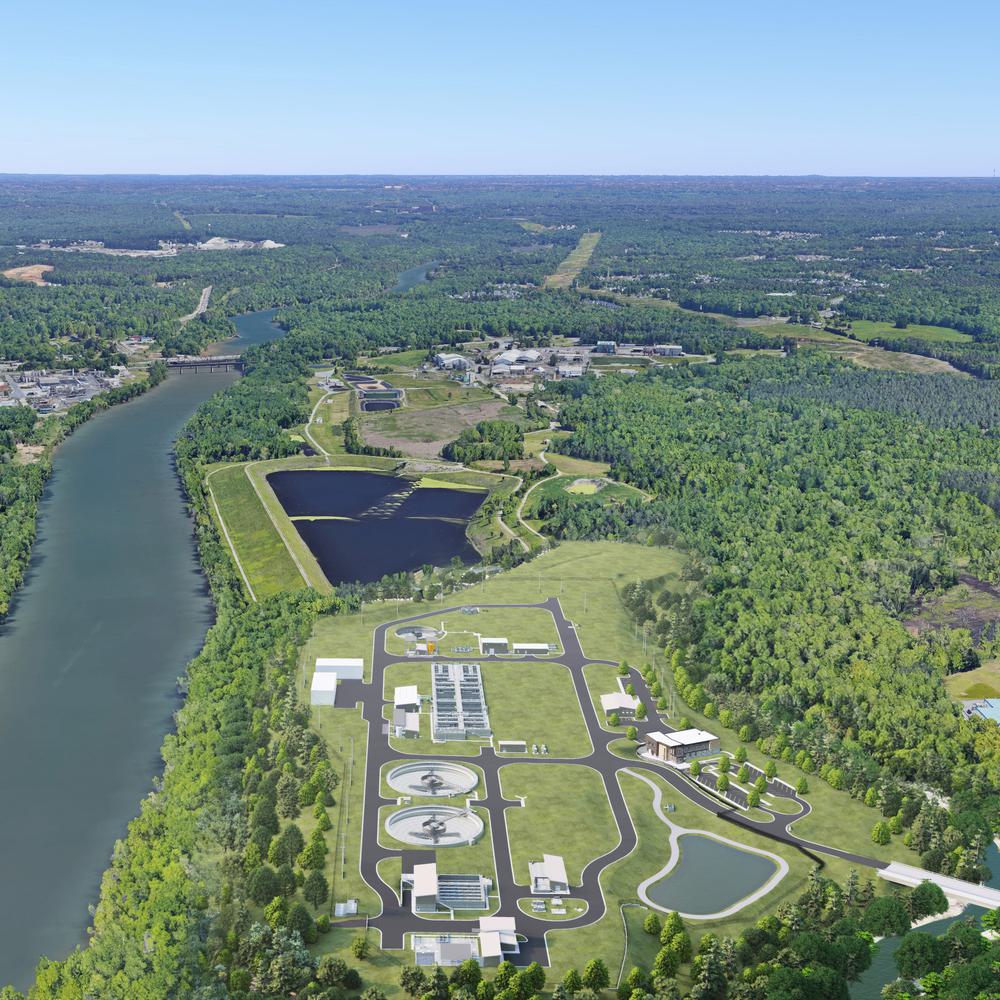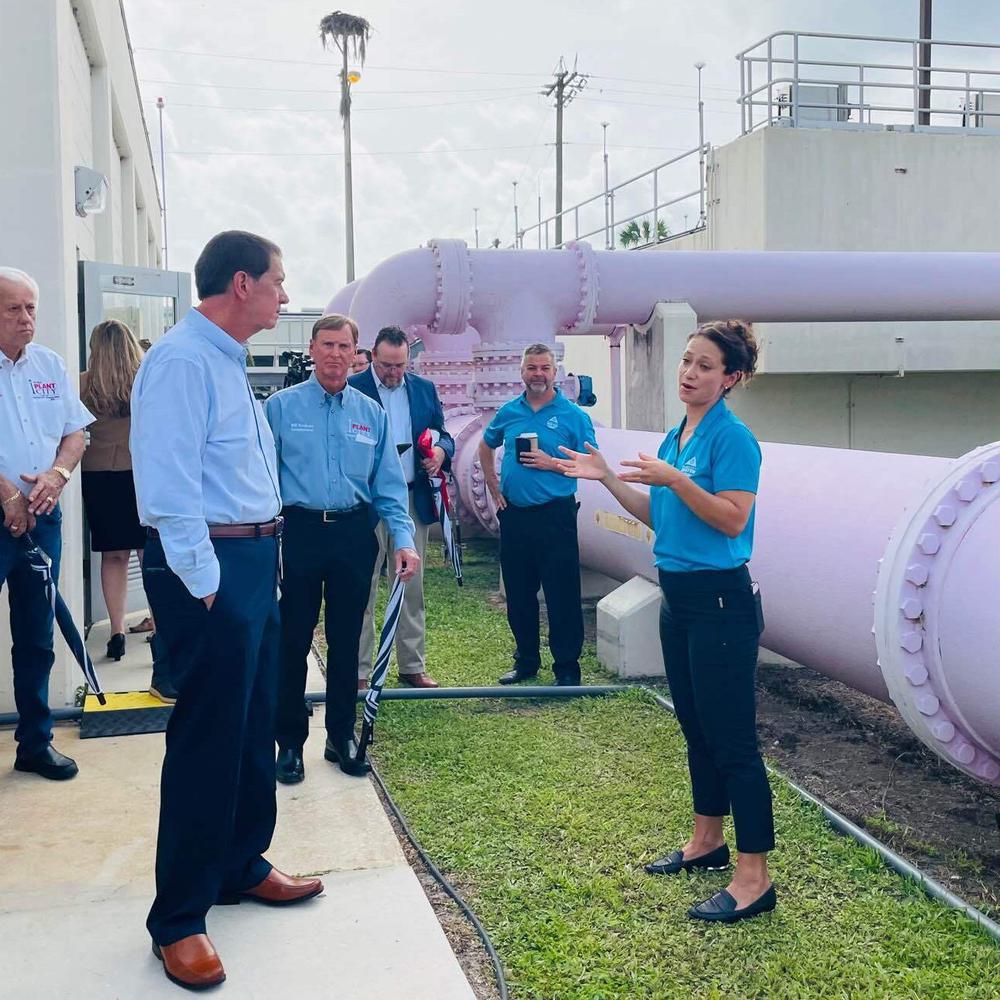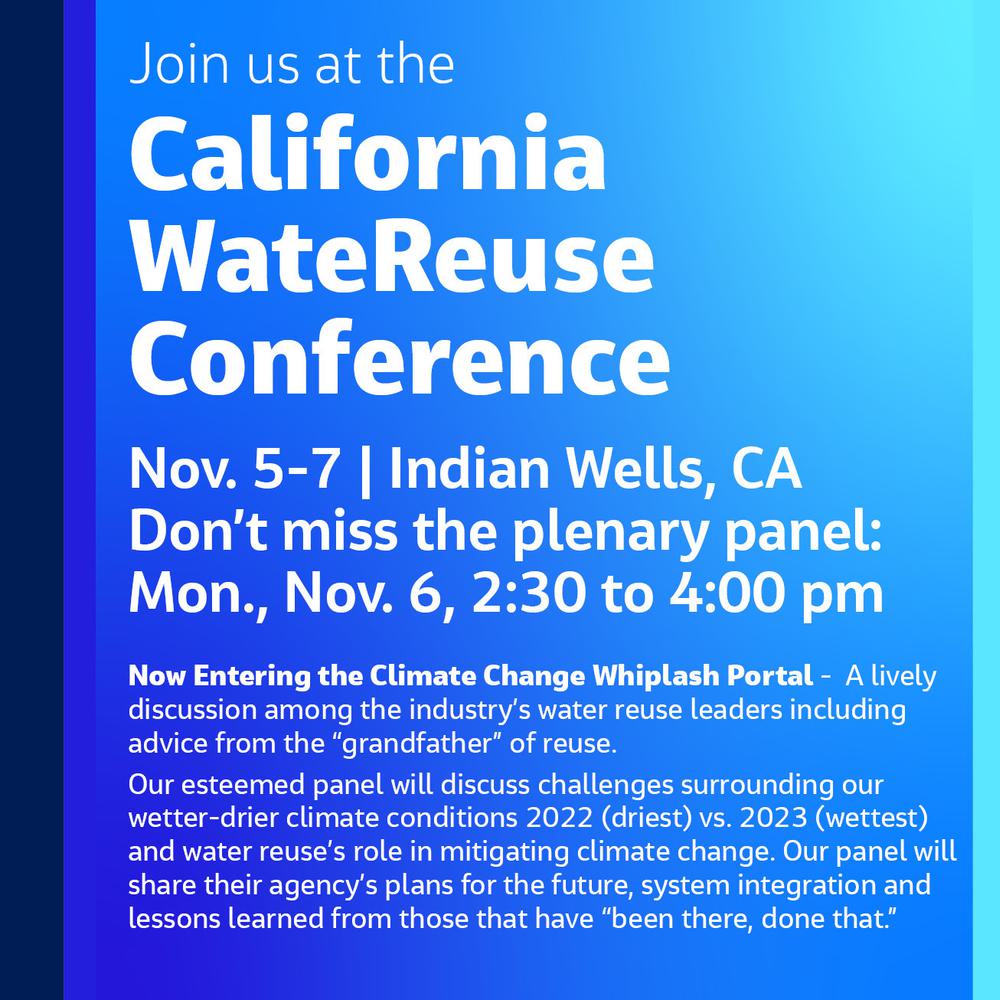Economic Feasibility of Reclaimed Water to Users
For the Southwest Florida Water Management District (District), Hazen and Sawyer developed evaluation criteria and a decision support model called "The Reclaimed Water Benefit-Cost Calculator for Irrigation and Industrial Applications," which is being used by the District to assess economic feasibility of reclaimed water in various applications.
Evaluation criteria in the model were developed from a survey of 37 reclaimed water users in Florida including farmers using reclaimed water for crop irrigation; golf courses and a homeowner association using reclaimed water for turf, lawn, and landscape irrigation; and industries using reclaimed water primarily for cooling. Ninety-seven percent of the respondents were either very satisfied or satisfied with the reliability of their reclaimed water supply and 86 percent and 84 percent, respectively, were either very satisfied or satisfied with water quality.

Grace Johns is responsible for economic and financial studies for Hazen, including the monetization of benefits that reflect stakeholder willingness-to-pay for water and wastewater services.
Related Topics:

The model compares costs associated with accessing and using reclaimed water to those from using the next available water source (NAWS). There are potentially three costs associated with using reclaimed water: installation costs, annual operations and maintenance (O&M) costs, and recurring non-annual O&M costs. A reclaimed water user will not necessarily need to spend money on all of these cost items. The model directs the user to enter costs relevant to their potential reclaimed water use, and relative to using the NAWS. It reminds the user to consider the need and cost for a backup water supply when reclaimed water is not available.

Given the data provided by the user, the model provides the following results:
- Total benefit in dollars (other than cost savings) relative to NAWS: Annual and per 1,000 gallons
- Total cost in dollars, including cost savings, relative to NAWS: Annual and per 1,000 gallon
- Net benefit (benefit minus cost) of reclaimed water use relative to NAWS: Annual and per 1,000 gallons
The Economic Feasibility report and model are available on the District's website. The model assists water users and the District in evaluating economic feasibility when a water use permittee or applicant is required to consider the use of reclaimed water. This would be the case where reclaimed water is available from a wastewater treatment plant located in a water resource caution area. The model results are viewed in the proper context of all other information submitted and relevant to the water use permit application or renewal.
Project Outcomes and Benefits
- The model guides potential users in collecting and assembling the necessary information and provides estimates of benefits, costs, and net benefits of reclaimed water.
- The model can be used to conduct sensitivity analyses to evaluate uncertainties in the input data and can evaluate partial offsets, where only a portion of the next available water source is replaced with reclaimed water.






















